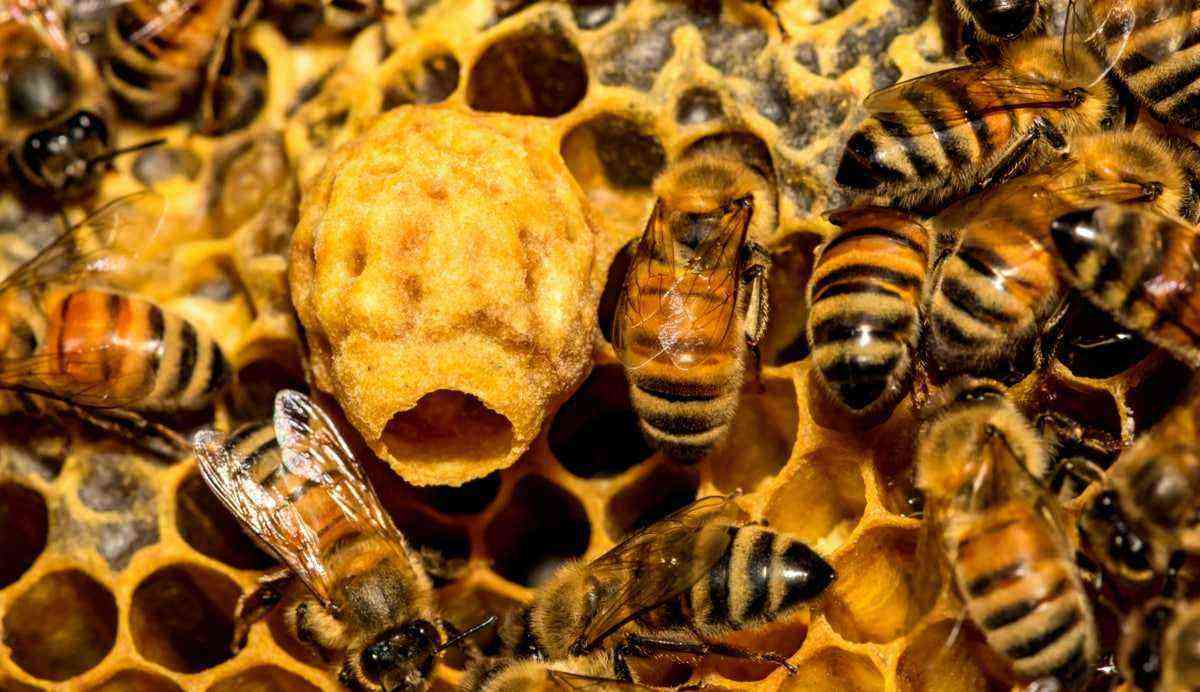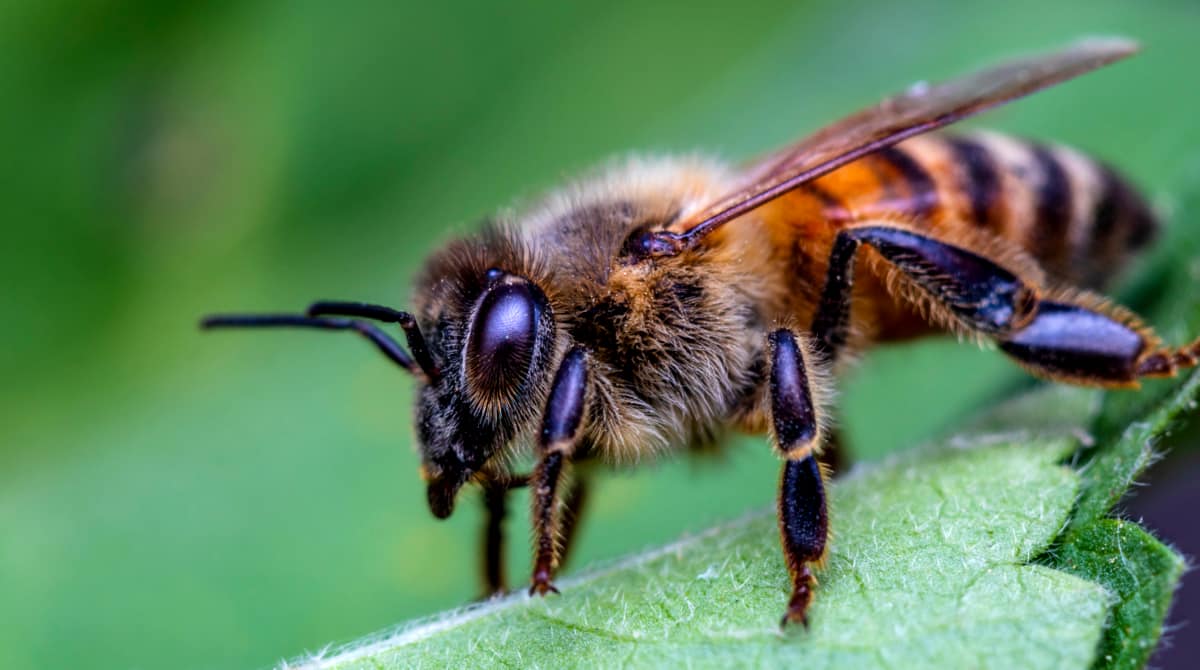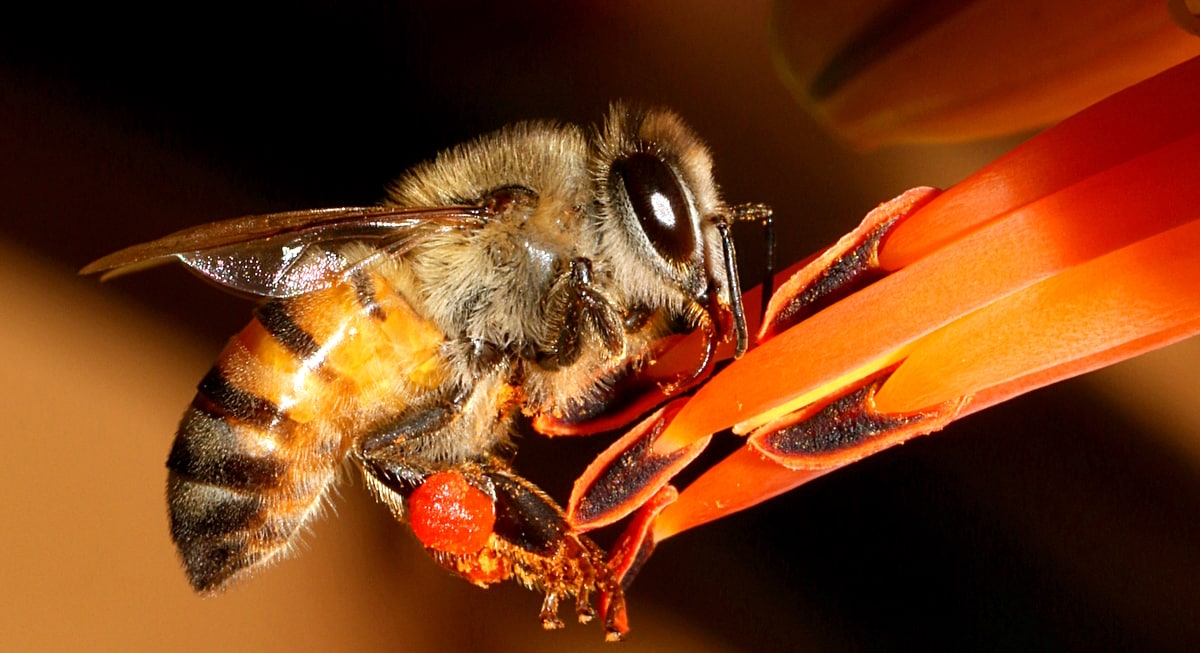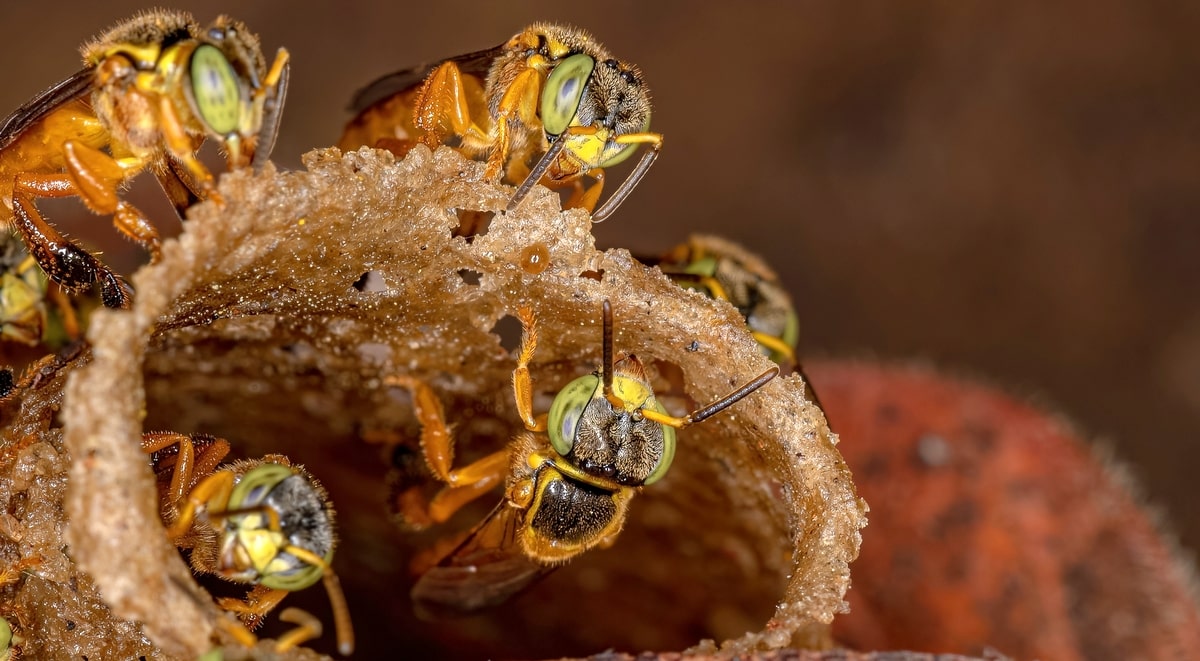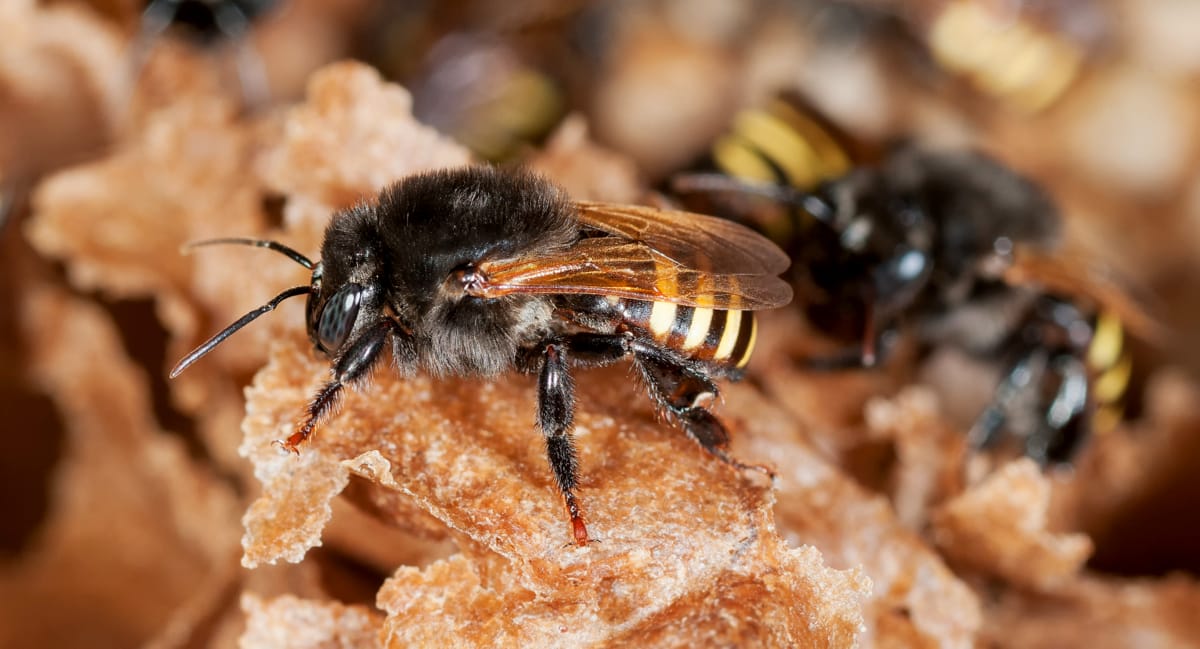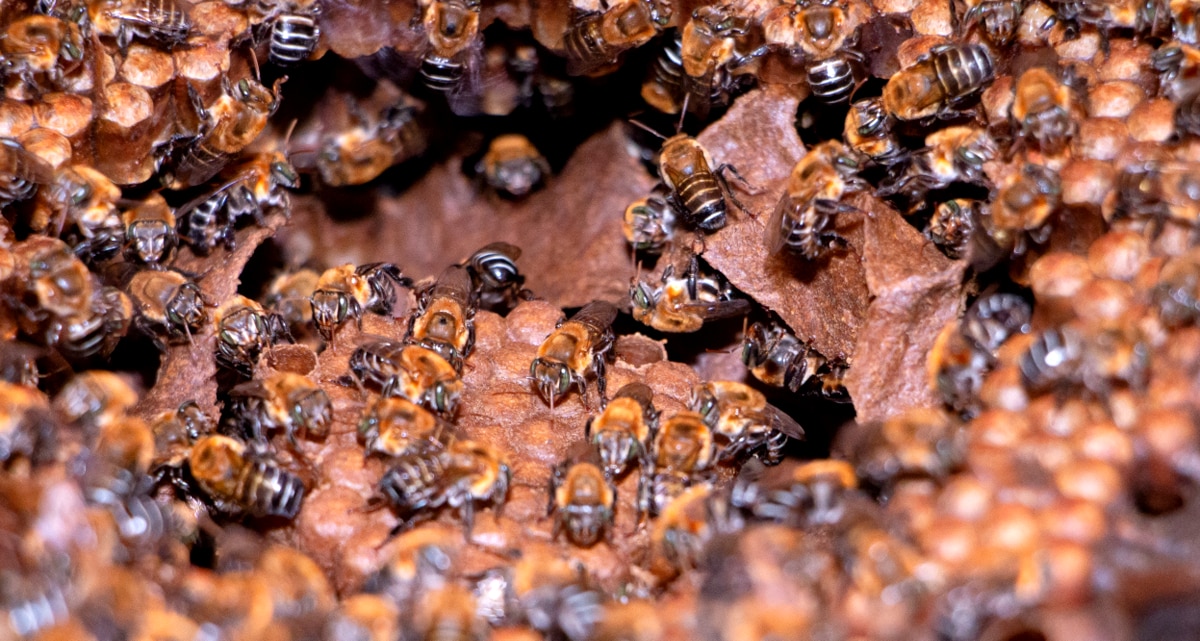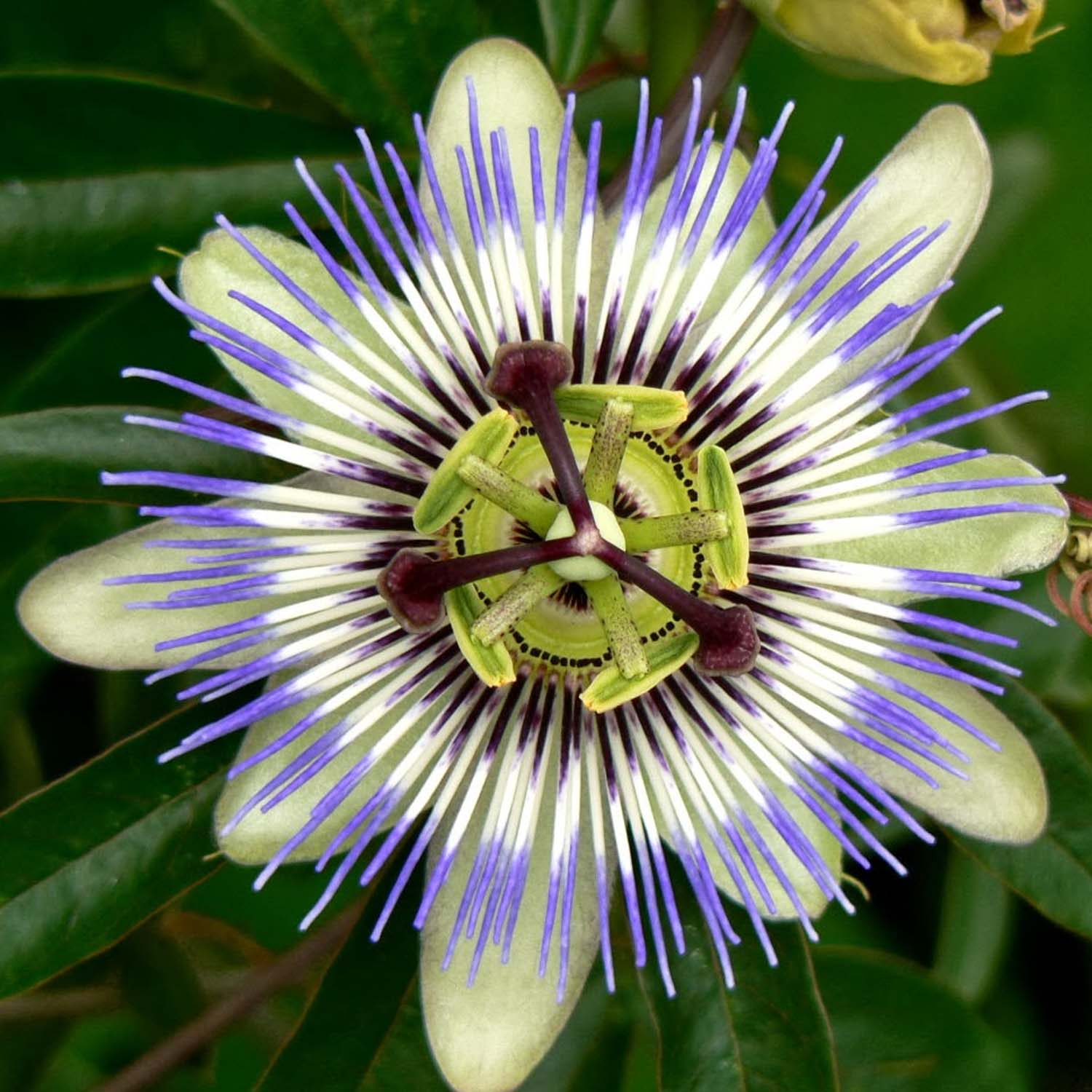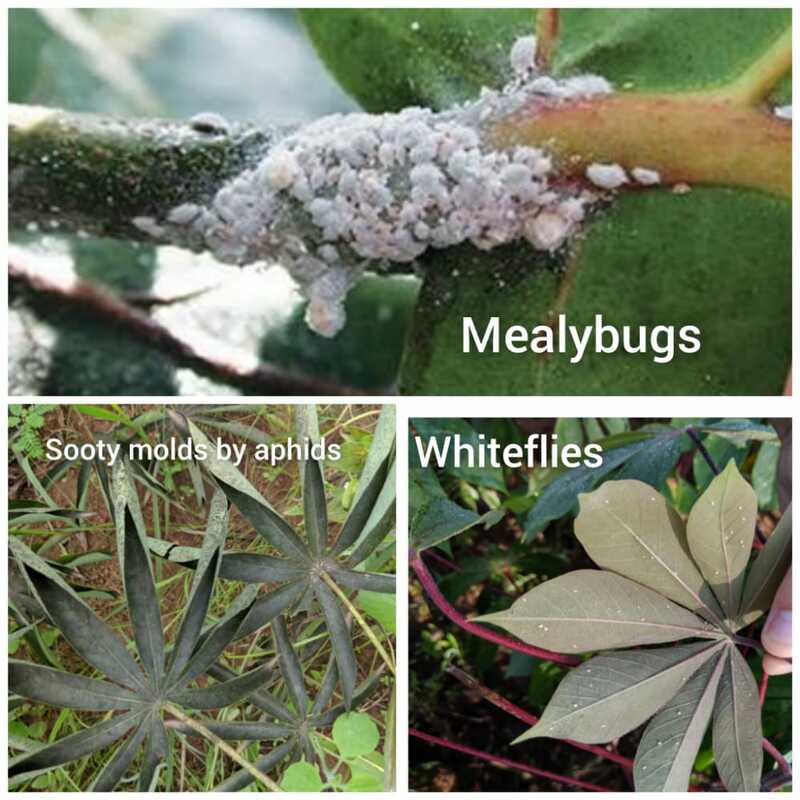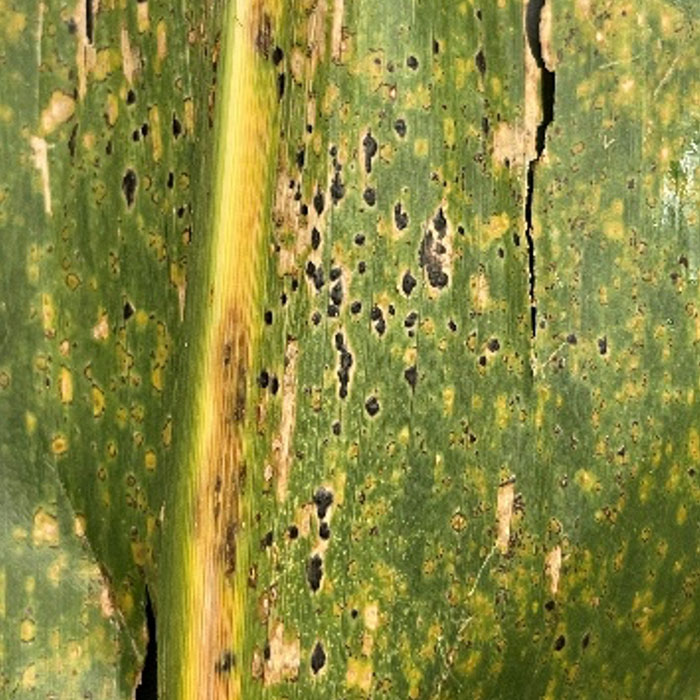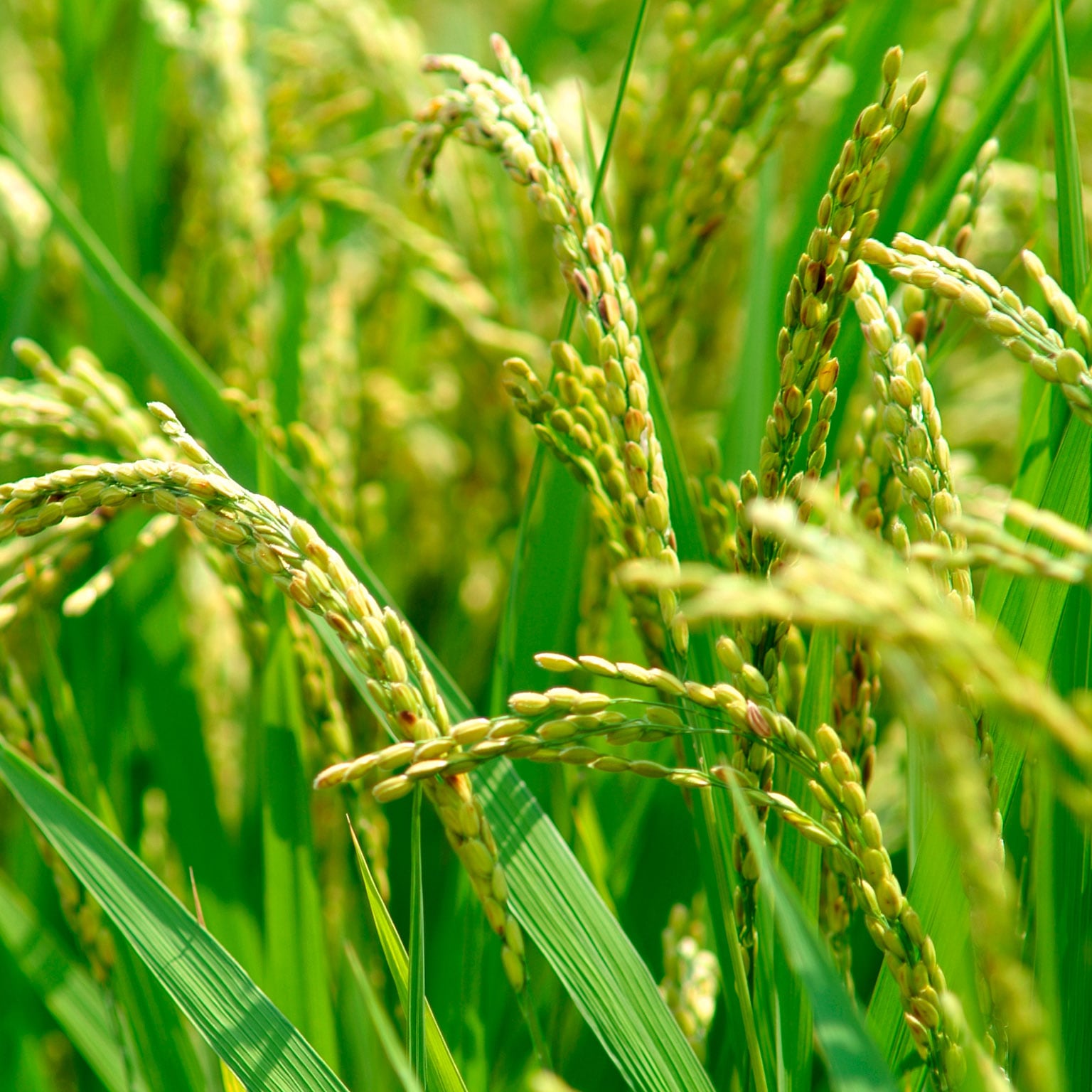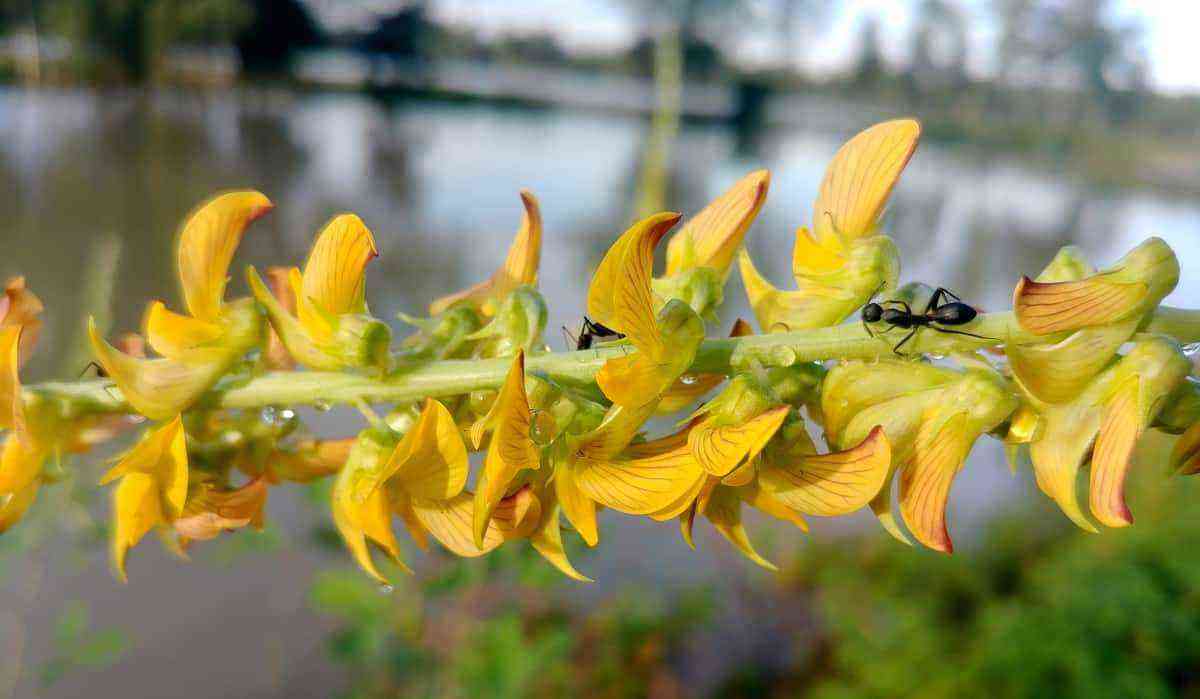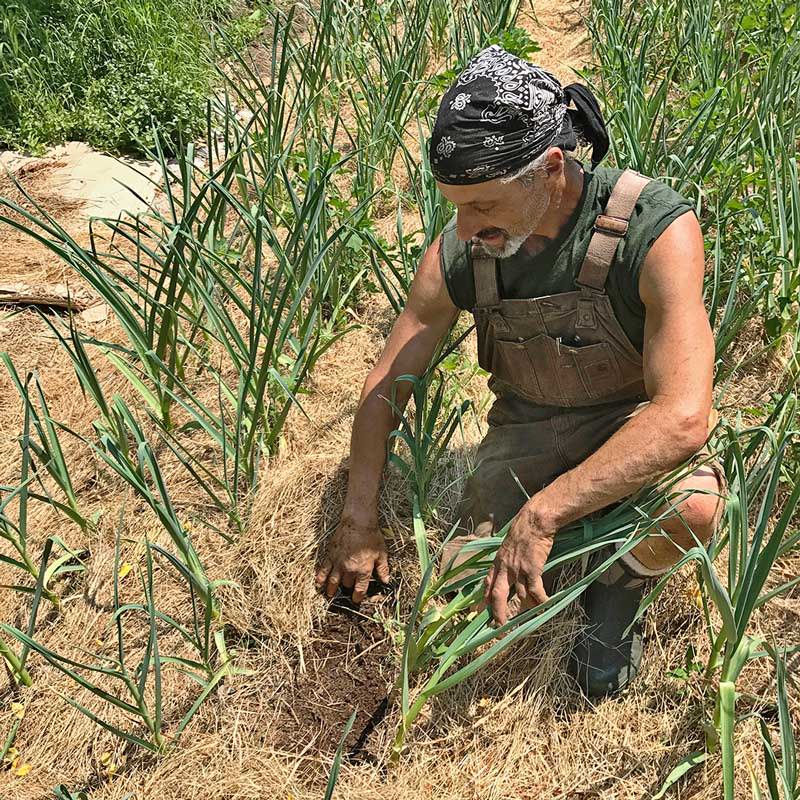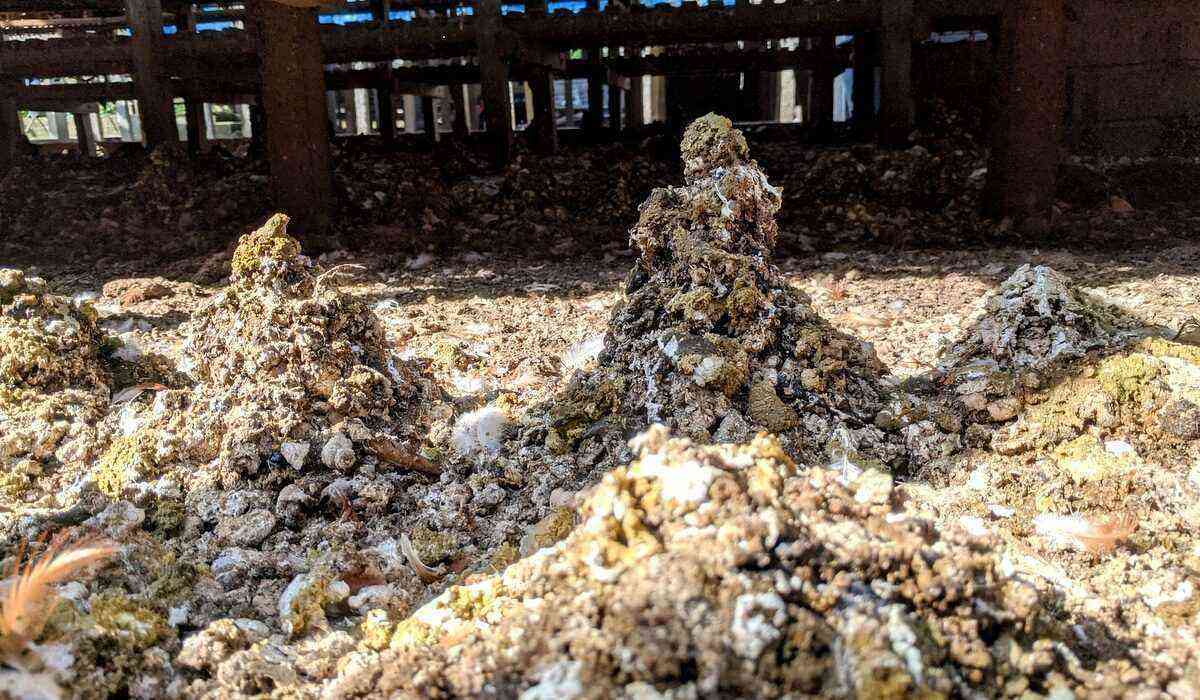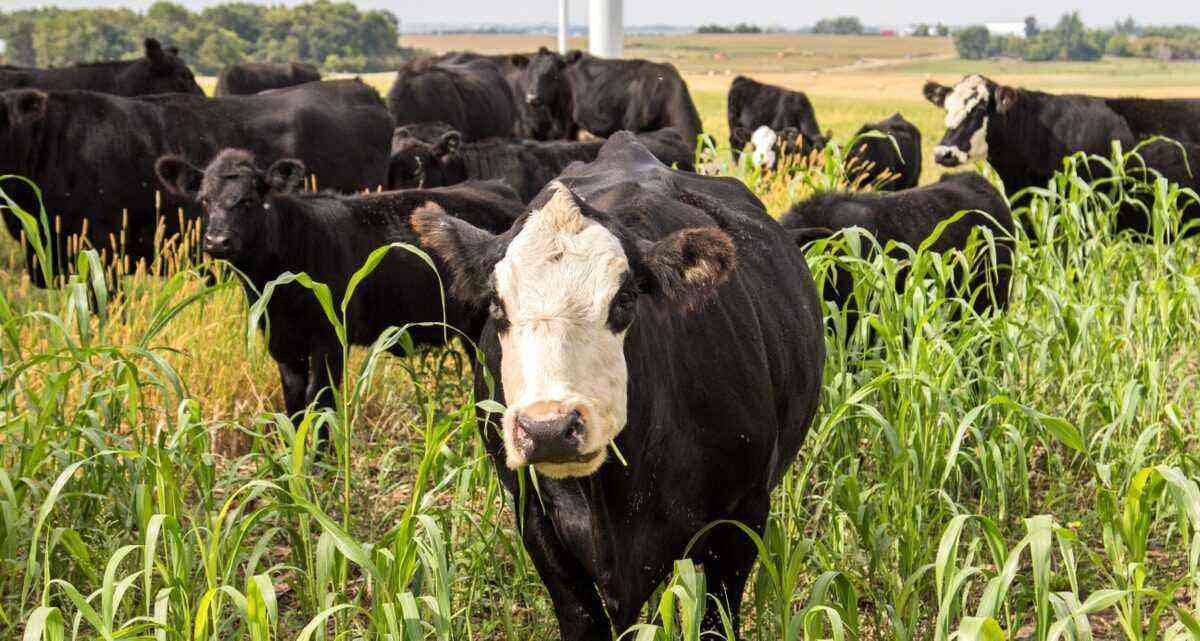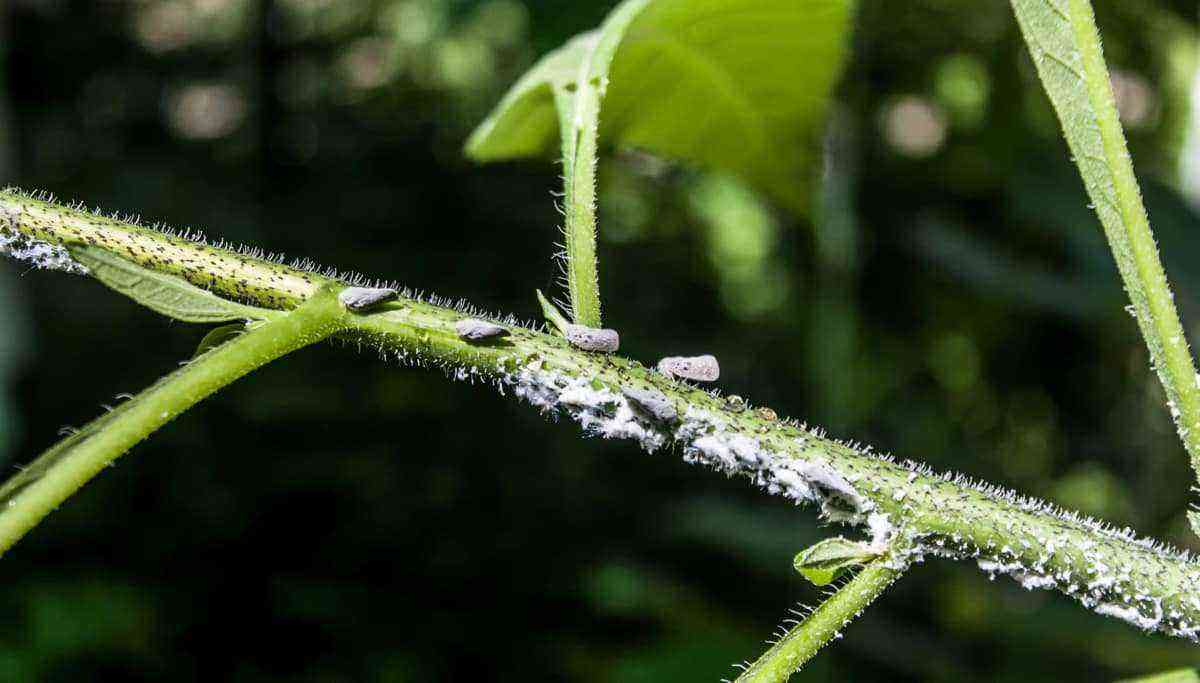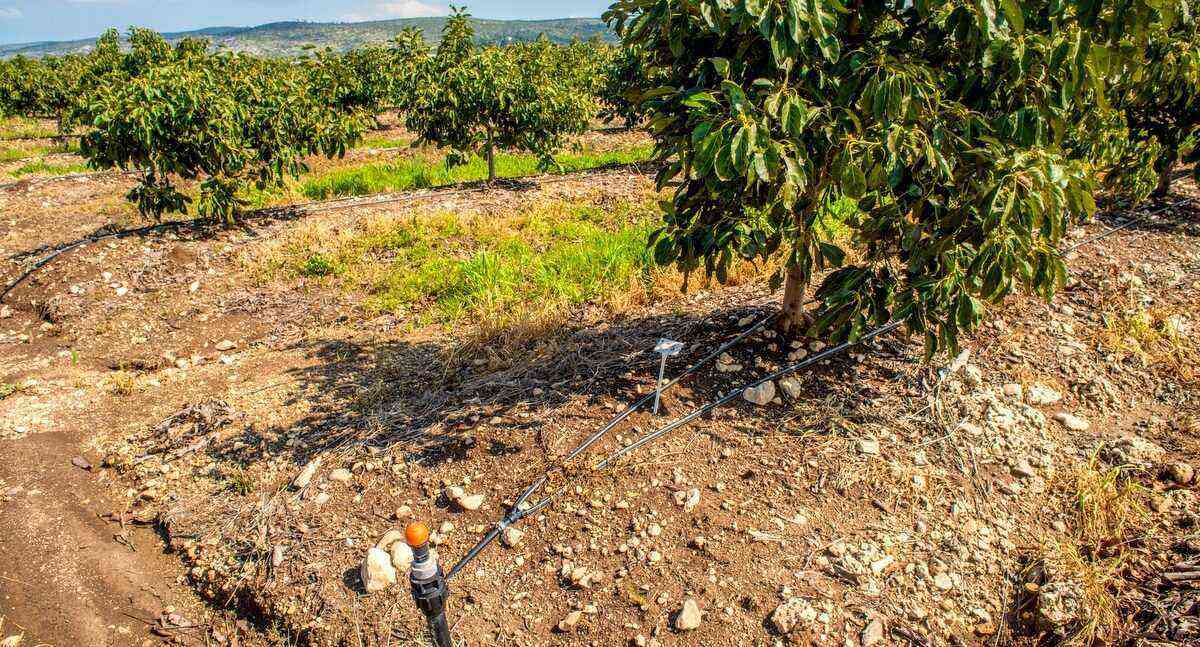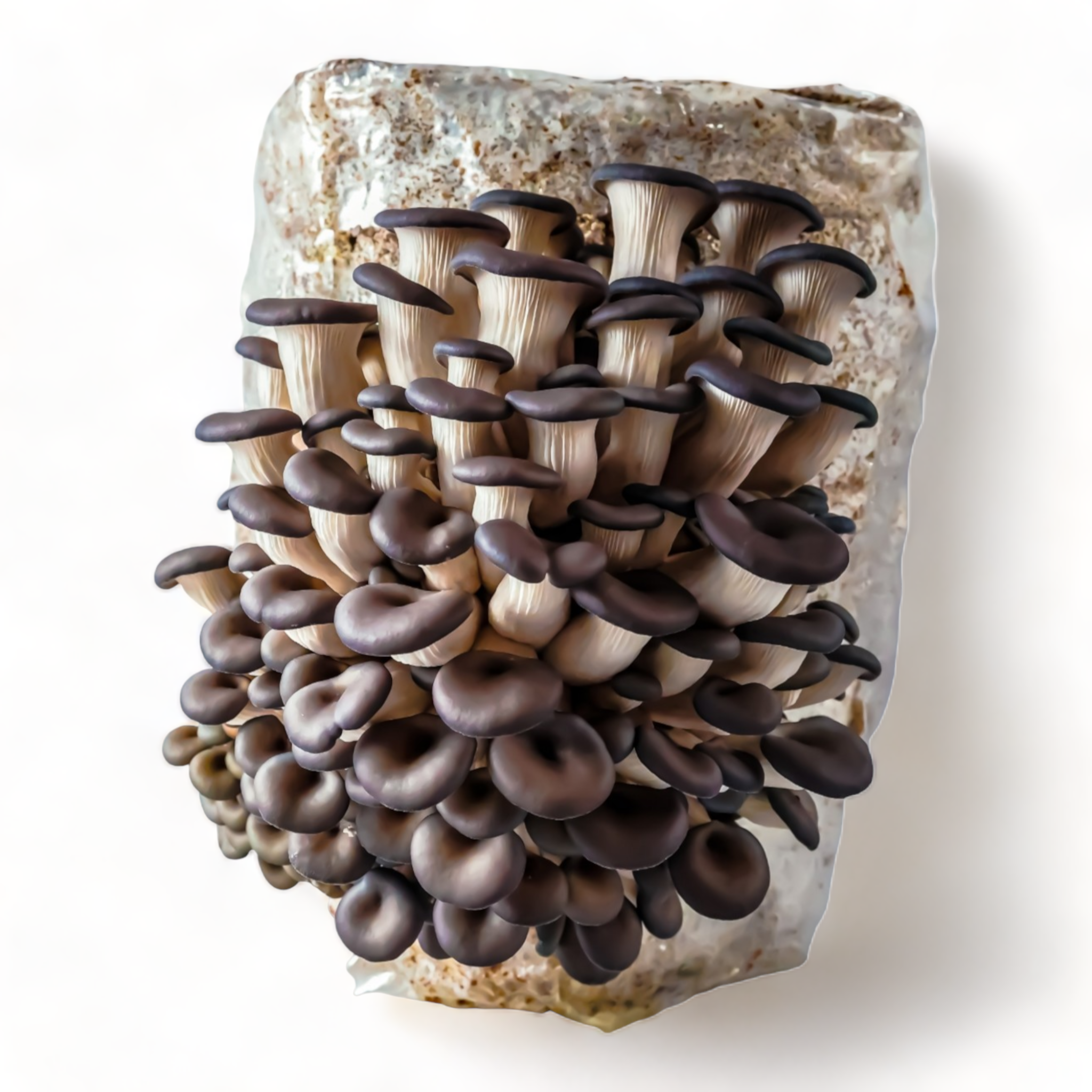Did you know that there are about 20 known species of bees, in seven different families? And that in Brazil there are more than 400 types of native bees?
Bees contribute to the maintenance of biodiversity, through pollination, producing important food for our health and social development.
Therefore, in this article, we will deal with the main types of bees and the characteristics of each of them. Good reading!
How important are bees?
According to the UN (United Nations), bees are responsible for about 73% of the pollination of all plants that are grown in the world. That is, they are needed to take the pollen grain from the male part (anther) to the female gamete of the plant, guaranteeing its reproduction.
In addition, bees also produce their own foods that are also relevant to humans, such as honey, propolis, wax and royal jelly.
In addition to pollination, bees produce important foods for our health, such as honey and propolis.
Therefore, knowing all the details about bees is essential in order to give due value to these insects and to know how they live, what are their characteristics and needs.
Read also: Bees and their products. Know what they are!
Discover the main types and characteristics
As we mentioned at the beginning of the article, there are several types of bees, and therefore, the characteristics are the most varied, whether in relation to size, behavior or honey production. Follow now the main types that produce honey.
european bee
A european bee or western honeybee (Apis mellifera) is considered one of the most popular species. They are large, dark, with few yellow stripes on the body and adapt easily to different environments.
It is possible to find about 20 types that derive from this bee, being native to Asia, Europe and Africa. With the exception of Antarctica, it can be found on every continent.
This bee arouses economic interest, as the pollination it performs has major impact on food production, as well as the supply of propolis, wax, honey and royal jelly.
Among the types of bees, the European bee is one of the best known and is found on almost every continent.
african bee
A african bee (Apis mellifera scutellata) is native to East Africa and is considered an aggressive, pollinating and migratory species.
It was introduced in Brazil in 1956, in the city of Rio Claro/SP, with the purpose of carrying out scientific research. However, it ended up escaping from captivity and, in crossing with other species, gave rise to a hybrid, called africanized bee.
Thus, this species of bee quickly spread across the country, being a excellent honey producer. Unlike the European bee, which usually stores food for a long time, the African bee quickly converts this food into brood, increasing the population and releasing several reproductive swarms.
The African bee has the characteristic of constantly migrating, especially if environmental conditions are not favorable.
jataí bee
Among the stingless bees native to Brazil, one well known is the small jataí (Tetragonisca Angustula), with about 4 to 5 millimeters, also called indigenous.
They are much sought after by beekeepers for honey quality they produce: it has medicinal properties, being indicated in the treatment of cold, bronchitis, glaucoma and cataract, in addition to being bactericidal and acting in the healing of wounds. Not to mention its characteristic flavor.
These bees can be found from Rio Grande do Sul to Mexico, mainly in the tropics. The jataí bee is golden-yellow in color and has black corbiculae (a collecting device where pollen is collected), building nests in cavities, such as abandoned cans, bricks or tree hollows.
Jataí bees are highly coveted among beekeepers for the characteristics of the honey they produce.
Mandaçaia bee
A mandaçaia bee (Melipona quadrifasciata) is one of the types of stingless bees native to Brazil and is found from the north to the south of the country.
Their nests have a particularity: they have an entrance built with a mixture of clay, saliva and resin extracted from plants, forming radial grooves. Thus, on the way from the entrance to the nest, only one bee passes and it is always protected by a “watchman”. Therefore, it received the name of “mandaçaia”, which means “Beautiful Lookout” in the indigenous language.
Extremely tame e robust, these bees pollinate squash, bell pepper, chilli and tomato crops. They produce a very light colored honey, almost transparent. It is not acidic and the flavor is characterized by the material used to build the honey storage pots.
Like jataí, the honey of the mandaçaia bees has medicinal properties, that is, antimicrobial, antiviral, antiparasitic, antioxidant, anti-inflammatory and anticarcinogenic.
Among the types of bees native to Brazil, we have the mandaçaia, which produces honey with medicinal properties.
Also check: Bees vs ants: learn how to protect your apiary.
uruçu bee
A uruçu bee (Melipona Scutellaris) is another native of Brazil, whose name means “big bee”, certainly due to their physical characteristics: they have a large size, but at the same time they are tame and produce a good amount of honey.
These bees pollinate avocado, pepper and pitanga crops and are found in the Northeast region. In Bahia, for example, it is one of the species exploited due to the ease of breeding and the excellent production of honey. However, it is threat of extinction in their natural environments.
They usually live in humid regions, building their nests in large trees, whose opening occurs in the center of converging mud rays and forming a crown, usually facing downwards. This entrance, which gives way to the bees, is guarded by a single worker.
With a brown and black color, as already mentioned, the uruçu bees produce a large amount of honey: on average it is 2,5 to 4 liters/year/colony and can reach up to 10 liters. It is very liquid, tasty and can be used for medicinal purposes.
Uruçu bees are widely found in the Northeast region and produce a large amount of honey.
bee tiúba
A tiúba bee (Melipona fasciculata), also known as uruçu-cinzenta, tiúba-grande and preta-da-Amazônia, is another native Brazilian species. It is normally found in the Atlantic Forest and Cerrado, in the states of Tocantins, Para, Piauí, Mato Grosso and Maranhão.
With a velvety black head and thorax, black abdomen with gray stripes, it is among the types of bees that above all have high honey productivity, with an average of 3,5 liters/year (it is one of the most productive among the native species). ).
Tiúba honey is highly appreciated in producing regions, for having low sugar (which is why it’s less cloying), low viscosity and variable color, especially the darkest ones. In addition, it also has medicinal properties.
Tiúba bees contribute to the pollination of açaí and have preferences for native plants such as jurubeba and saber.
The tiúba bees in the process of pollination. They are one of the most honey-producing native species.
See also other features: Queen bee: what is her role in hives?
Yellow uruçu bee
Closing the list of types of Brazilian bees, namely, we have the uruçu bee or tujuba (Melipona rufiventris). With a color ranging from black to rust, it is common in the states of Bahia, Goiás, Mato Grosso, Mato Grosso do Sul, Minas Gerais, Piauí, São Paulo, Tocantins.
However, it is in extinction process because their natural distribution areas, located in the Cerrado, are disappearing.
Honey from the yellow uruçu bee is considered very tasty and therefore well sought after. Depending on the size of the colony (up to 5 bees) and with good flowering, its production can reach up to 10 kg/year.
The yellow uruçu bee is one of the types of bees that have a large production of honey, considered tasty.
In the video below, learn a little more about the types of native bees that have always been in Brazilian forests:
Source: Epagri Videos.
Final considerations
Therefore, as we highlighted in this article, bees are insects that have different characteristics and a large number of types, both in Brazil and in other parts of the world.
They guarantee the balance of biodiversity as a whole, through their ability to pollinate. In addition, they produce high-quality honey, widely used in economic activity and appreciated by consumers.
Speaking of honey, check out 5 tips on management techniques for honey production. Good reading!
